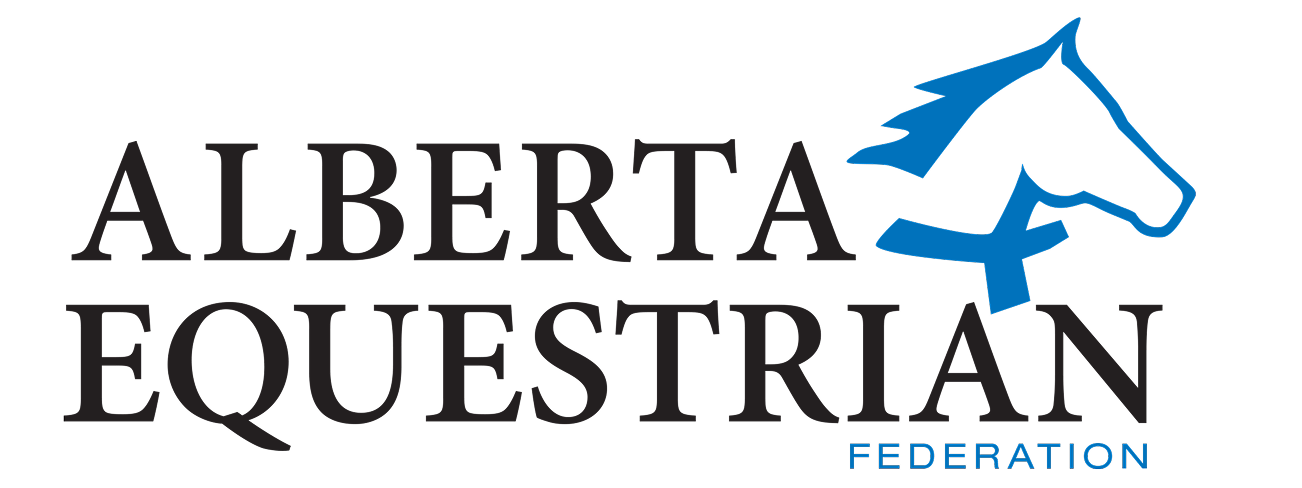The health of and welfare of equines, and the entire horse industry, is of paramount importance to our equine community. Providing educational resources, training, sharing regulations, and strengthening the herd is a priority.
Here you will find information on ways to keep horses healthy, prevent the spread of diseases, assess risks, prepare for emergencies, information on transportation, and best horse ownership practices.
Everyone has a responsibility when it comes to the health and welfare of the equine community. Keeping horses healthy and safe and knowing how to care for them at every stage of life is important.
Health
Keeping horses free from injury or illness is a tall order for anyone. Luckily, there are many resources available and cutting-edge research to guide us toward good decisions as horse owners. When you are new to owning a horse, however, deciphering that information can be daunting. Here, we have laid out the basic information horse owners need to know.
Welfare
There are many components to the well-being of equines; here we focus on providing resources to the community that include being prepared for emergencies, transporting equines, good horse management, and considerations of horse ownership.
- Horses in Distress
- Transporting Horses
- Emergency Preparedness
- Code of Practice for the Care and Handling of Equines
Equine Welfare Position Statement
All equines matter. The Alberta Equestrian Federation is committed to the respectful and humane care of all equines throughout their lifespan.
Clarifications:
- This applies to all equids (horses, ponies, donkeys, mules, hinnies) owned and wild/feral.
- Owned equines to be treated in accordance with the https://www.nfacc.ca/codes-of-practice developed and regularly reviewed under the auspices of the National Farm Animal Care Council.
- AEF recognizes that the Five Freedoms of animal welfare apply to all equines: owned, wild, and feral. They are:
- Freedom from thirst and hunger,
- Freedom from discomfort,
- Freedom from pain, injury, and disease,
- Freedom to express normal behaviour,
- Freedom from distress.
- Transportation in accordance with the Health of Animals Regulations for Animal Transport enforced by the Canadian Food Inspection Agency and in accordance with any further provincial regulations.
Euthanasia in accordance with Canadian Veterinary Medical Association Guidelines.
